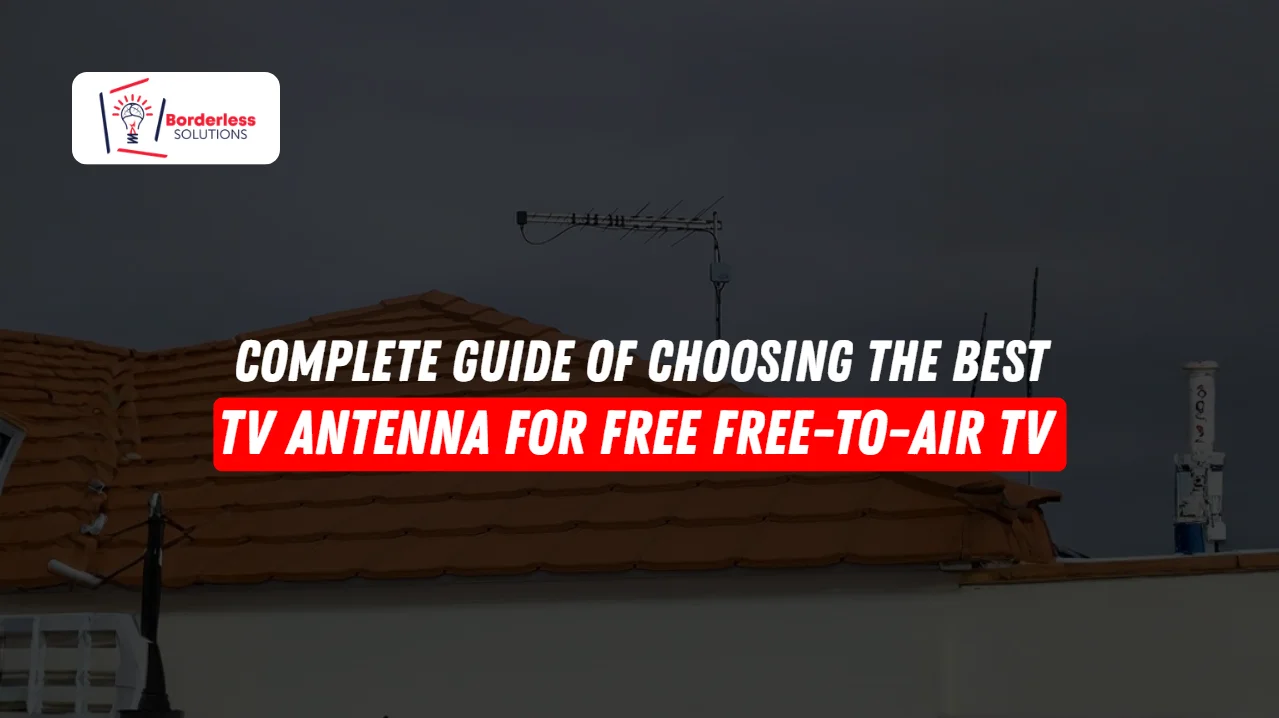Dropping paid TV has never been this simple and it saves you money. Grab the right antenna and you can watch loads of free-to-air channels in sharp HD or even 4K without paying a single dollar every month. The problem is there are tons of antennas out there and lots of things can mess with your signal so picking one can feel tricky.
This guide explains everything in plain English. We cover your location how strong the signal is indoor versus outdoor antennas UHF and VHF channels boosters easy install tips and more. By the time you finish reading you will know exactly what antenna you need and how to make it work perfectly.
Why Free-to-Air TV Is Still Worth It

Before you buy anything it is good to know why millions of Aussie homes still stick with free-to-air TV.
Completely free
Once you have the antenna there is no monthly bill and no sneaky fees. You just switch the TV on and enjoy whatever is playing without ever worrying about money again.
High-quality content
These days most free channels come through in proper HD and quite a few are even in stunning 4K. That means you get a really clear sharp picture on your big new TV without paying extra.
Local programming
You stay in touch with everything happening around you like local news sport weather updates and shows made for your area. Streaming apps usually skip this stuff so free-to-air keeps you connected to your community.
Reliable
When the internet crashes or Netflix goes offline your free-to-air channels still work. The signal comes straight from the broadcast towers so you always have something to watch.
Simple setup
Most modern TVs already have the tuner built in. All you do is plug in a small antenna and you are ready to go. It really is that easy.
For cord-cutters, OTA remains one of the best ways to get live programming at zero ongoing cost.
Step 1: Check What Channels You Can Receive in Your Area

Before you pick the best TV antenna for free-to-air TV the very first thing you need to do is find out what channels you can actually get where you live. The signal changes a lot depending on how far you are from the TV towers if you are up high or down low hills around you and buildings nearby. Using a good online tool shows you straight away what channels are there what frequencies they use and how strong the signal will be at your place.
For people in Australia mySwitch
Just go to the mySwitch website and type in your full address. It tells you every free channel you should get the exact type of antenna you need and which way to point it. It even looks at the hills and towers around you so you know what will work best before you buy anything. This quick check saves you money and stops you getting the wrong antenna.
Step 2: Understand What Affects Your TV Signal
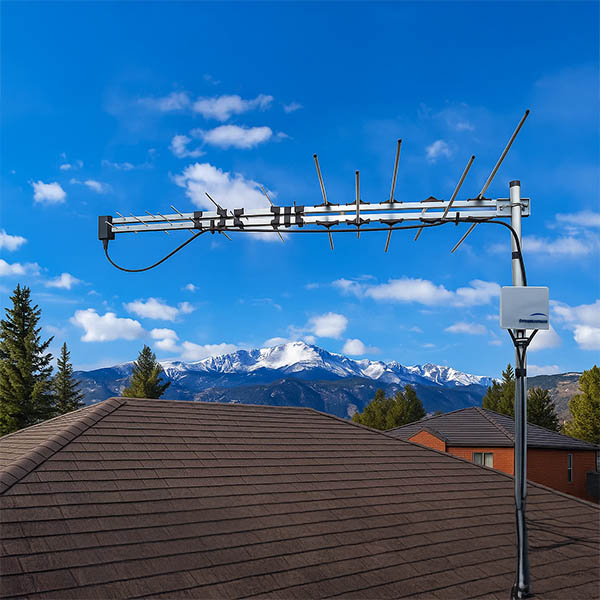
How well your TV antenna works is not just about how far you are from the towers. Lots of everyday things can make the signal weaker or block it completely. Thick walls made of brick concrete or metal stop a lot of signal from getting inside the house. Big trees hills or valleys in the way can mess things up too. Even heavy rain or storms can make the picture go funny for a while.
Where you put the antenna inside your home makes a big difference as well. If it sits behind the TV next to the Wi-Fi router or down in a basement the signal will be poor. Long cables from the antenna to the TV can lose a bit of strength too.
Here is a simple rule to remember. If you live less than 30 km from the towers a normal indoor antenna usually works fine. Between 30 and 100 km away you might need a booster or a small outdoor one. Over 100 km or if you have hills and trees blocking the view a proper outdoor antenna up high on the roof gives you the best and most steady picture.
Step 3: Know the Types of Antennas (UHF, VHF & Combo)

TV channels come on two main kinds of airwaves and knowing which one your local stations use helps you pick the right antenna.
VHF (Very High Frequency)
VHF covers the lower channels from 2 to 13. These waves travel a long way and can bend around some hills and trees better but the antenna needs longer arms to catch them properly. If any of your free channels are on VHF you must get an antenna that can handle these lower signals or you will miss them.
UHF (Ultra High Frequency)
UHF covers channels 14 and up and it is what most stations use today. The waves are shorter so small flat antennas can grab them easily. Most indoor antennas you see in shops are built mainly for UHF because that is what the majority of channels are on now.
Combo Antennas
Because almost every area has a mix of VHF and UHF channels the safest and easiest choice is a combo antenna that does both. It saves you guessing and makes sure you can pull in every free channel your area offers without leaving any out.
Step 4: Choose the Right Style Indoor vs. Outdoor
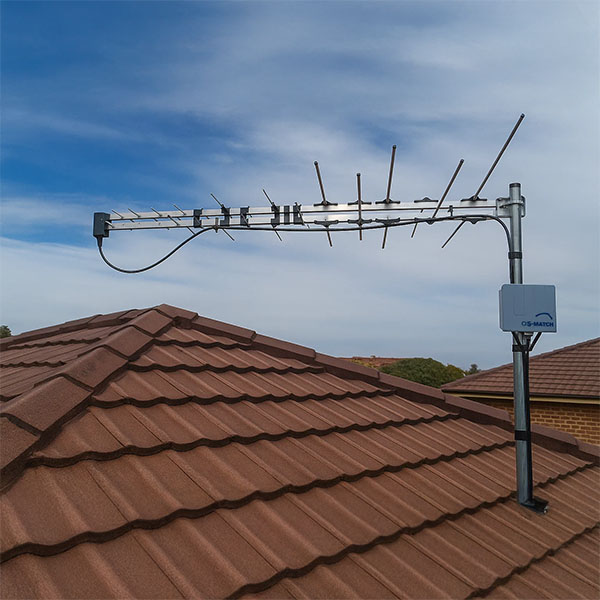
Picking between an indoor or outdoor antenna is one of the biggest choices you will make to get good steady free-to-air TV. What you choose depends on how far you are from the towers what your house is made of and how much work you want to do for setup. Knowing how each one works helps you decide without stress.
Indoor Antennas
Indoor antennas sit on top of the TV on a shelf or stick near a window. They are made for people who live close to the towers or in units and rentals where you cannot put anything outside. They are light quick to hook up and look neat and small.
Indoor ones are cheap and super easy but walls wiring and even furniture can weaken the signal. They work great if you have strong channels nearby but they can let you down if you live farther away or have lots of things blocking the signal.
Outdoor Antennas
Outdoor antennas go up on the roof under the eaves or on a pole. They grab the signal much better because nothing is in the way. They are the best pick for country areas suburbs or anywhere the towers are far off.
Outdoor antennas give you a stronger steadier picture and far less trouble from interference. They are perfect if you have a few TVs or just want reliable channels all the time. The only catch is you need to mount them properly, point them the right way and sometimes check them. Most people get a pro to install them so everything works perfectly from day one.
Step 5: Should You Get an Amplified Antenna?
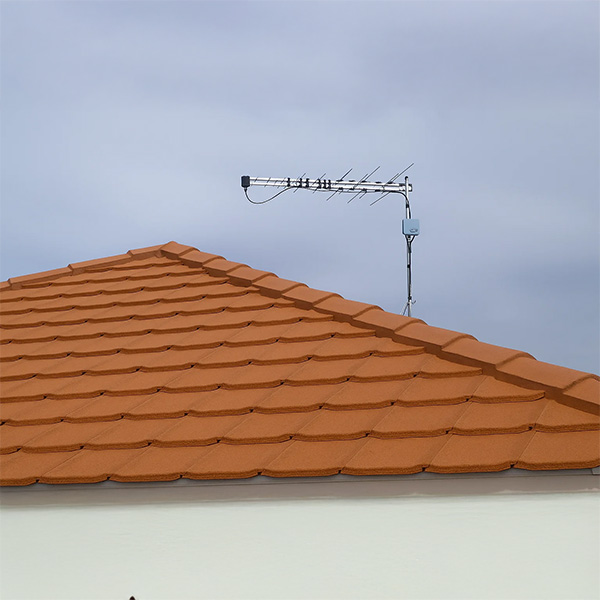
An amplified antenna can improve reception, but it is not always the right solution. Amplifiers boost both the signal and the noise, so they should only be used when they genuinely help improve weak reception rather than making strong signals worse.
Use an amplifier if:
An amplifier is helpful when you are located far from broadcast towers or when your setup includes long cable runs that naturally weaken the signal before it reaches your TV. It can also assist indoor antennas that struggle to pull in distant or low-power stations, giving them the extra boost needed for a stable picture.
Avoid an amplifier if:
An amplifier should be avoided in strong-signal areas or when you live very close to broadcast towers. Over-amplifying a signal can overwhelm the TV tuner, causing pixelation, dropouts, or the loss of channels altogether. In these cases, a non-amplified antenna delivers a cleaner and more reliable result.
Step 6: Proper Placement Makes All the Difference
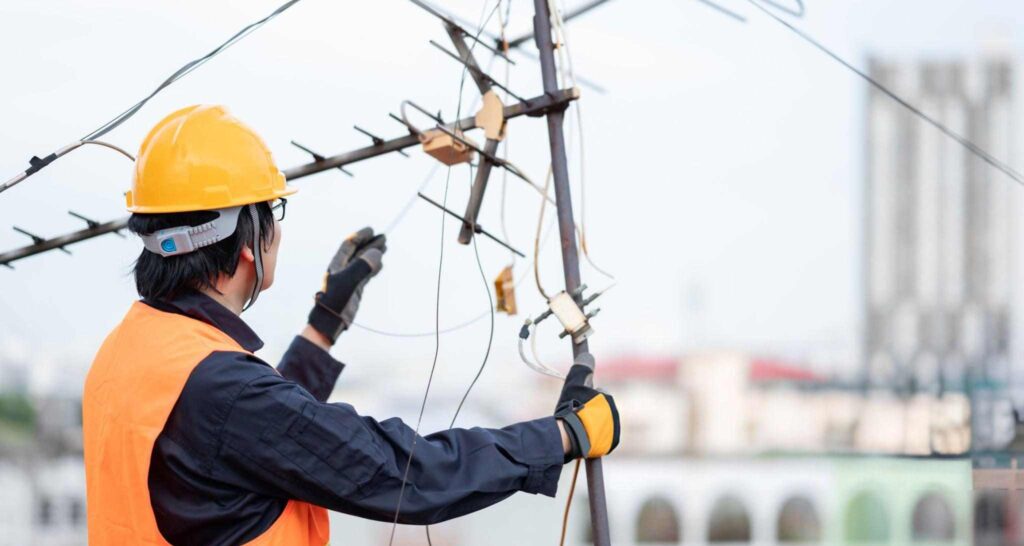
Even the best antenna will give you rubbish reception if you put it in a bad spot. Where you place it is just as important as which one you buy. The trick is to get the antenna as high as you can and point it straight at the TV towers. Walls electric wires big fridges and thick brick can all block the signal so the closer you get it to a window or up high with nothing in the way the better it works.
For outdoor antennas height is everything. Stick it on the roof under the eaves or on a tall pole and you clear trees, houses and hills. A tiny turn left or right or lifting it another metre can change a fuzzy picture into a perfect one. Take a bit of time to try a few spots and you will end up with strong steady free TV every day.
Step 7: Run a Channel Scan (and Repeat Occasionally)
Once everything is connected:
- Open your TV’s Settings or Setup menu.
- Choose Channel Scan, Auto-Tune, or Air/FTA Scan.
- Let your TV find all available digital channels.
If you move the antenna or notice missing channels later, rescan. Monthly scanning is recommended since stations sometimes change frequencies.
Top TV Antennas for Free-to-Air TV
At Borderless Solutions, we focus on installing high-quality TV antennas from trusted and proven brands across Australia. Our selection includes durable UHF, VHF, and combination antennas that are designed to handle Australian broadcast conditions. We also work with reputable Australian-made antenna options for customers who want long-lasting materials and strong local performance.
There is no single “best” antenna for every household, because the ideal antenna depends on your distance from broadcast towers, your property layout, and whether your area uses VHF, UHF, or a mix of both. What we can guarantee is that choosing a well-built antenna suited to your location will always deliver the most reliable free-to-air viewing.
Selecting the Best TV Antenna for Free-To-Air TV in Australia requires understanding the factors discussed earlier: location, frequency type, antenna style, and placement. When these elements are matched correctly, you can enjoy clear, consistent channels without monthly subscription fees. If you need help choosing the right antenna or want a professional installation, the Borderless Solutions team is here to assist with expert advice and fast service.
Final Thoughts
Picking the best TV antenna for free-to-air TV really comes down to knowing what the signal is like where you live and getting an antenna that fits it. How far you are from the towers, whether your channels are on UHF or VHF and if an indoor or outdoor antenna works better for your house all make a big difference. Get the right one, put it in a good spot, run a channel scan and you will have strong clear free TV with no bills ever again.
At Borderless Solutions we do expert antenna installations for every kind of home and every type of signal. We can help you choose the right antenna, fix weak reception or set up the whole system from scratch. Just contact us today and get a free qoute today about which antenna is best you.

